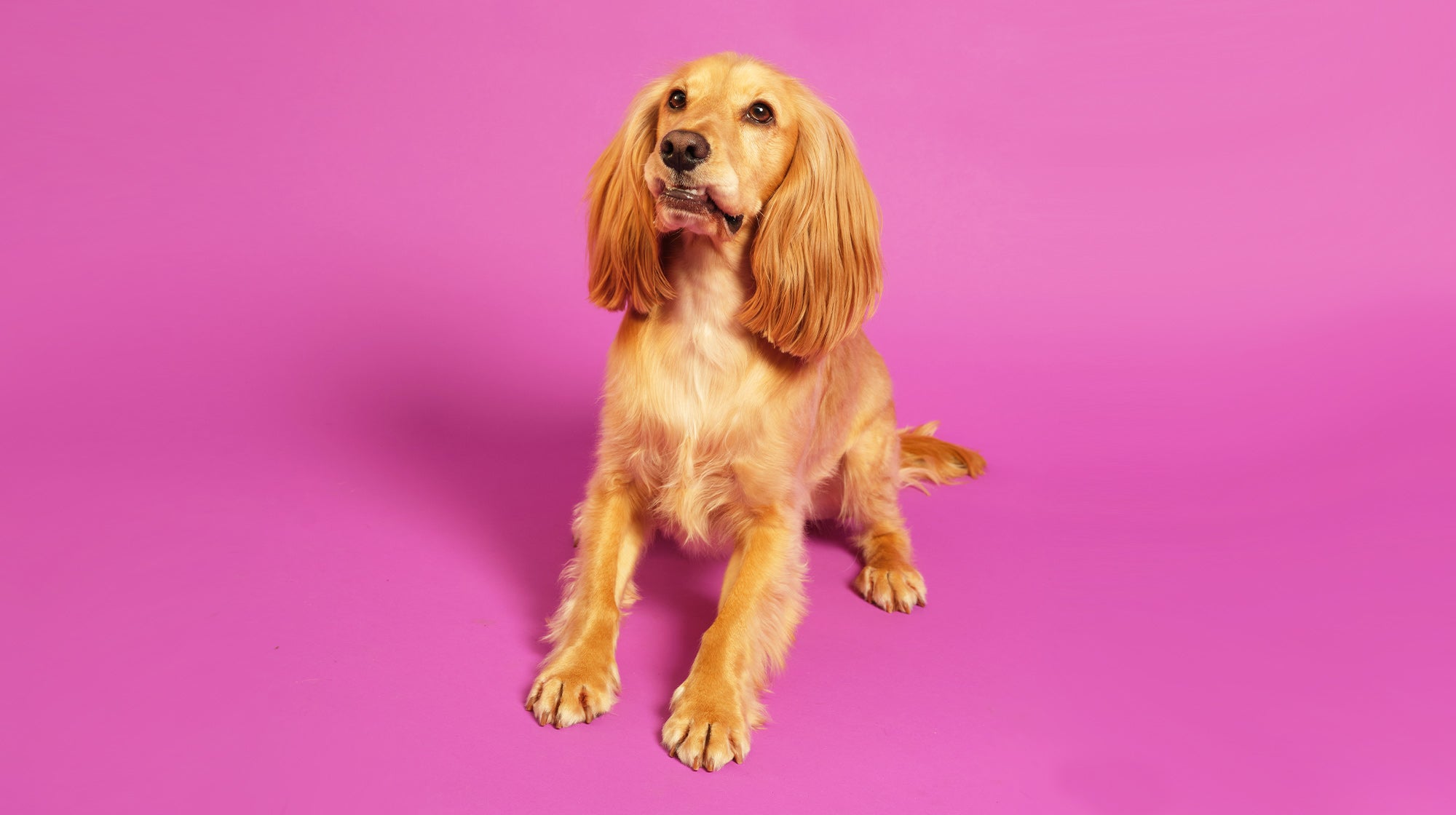
Most dog owners are familiar with this furry phenomenon. You’re minding your own business when your dog scoots on by, butt on the floor and hind legs dragging them forward. This can be a comical event the first time it is witnessed but it does need to be taken seriously.
This behaviour is rarely an indication of anything serious. However, it does indicate your dog is in discomfort. Read on to discover more about bum scooting and your pooch.
What are the possible causes for this behaviour?
For some reason, many owners believe bum scooting is always caused by worms. In fact, this is just one of the many causes. Let’s take a look at all of the conditions which should be considered:
- Anal gland impaction or infection. This is BY FAR the most common reason we see dogs dragging their butts. Any breed can be affected but smaller dogs are more at risk. Those who have had recent diarrhoea are more prone to developing clogged anal glands. Owners may also notice a fishy smell, though this isn’t always obvious.
- Intestinal parasites such as tape worms. Parasites can lead to itching around the anus and we may see small tapeworm segments in the fur. They look like grains of rice. Dogs may have other symptoms such as an increased appetite, weight loss, diarrhoea and poor coat quality.
- Irritated skin. The skin around the anus may become inflamed due to recent diarrhoea, food allergies or trauma (such as from a graze caused by grooming). It stands to reason that the dog may try to rub or scratch the area if it is itchy. As they cannot reach their butt with their paws, they will rub it on the ground.
- Faecal soiling or clumping. This is more of a problem in long-furred breeds such as Rough Collies and Afghan Hounds. Wet or sticky stool can sometimes stick to the fur. This may dry and form a hard ball of faeces. This ball can pull on the skin and become annoying for the dog. In an attempt to dislodge it, they can scoot their butt.
How can I help my dog?
The first thing to do is to examine the skin around the bum. Check for any swelling, redness or evidence of parasites. If your dog has long fur, it is sensible to clip it short. It helps to do this during a bath, when the fur is wet and easier to trim. This will help you visualise the area and also removes any faecal clumping or mats.





